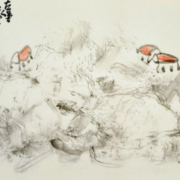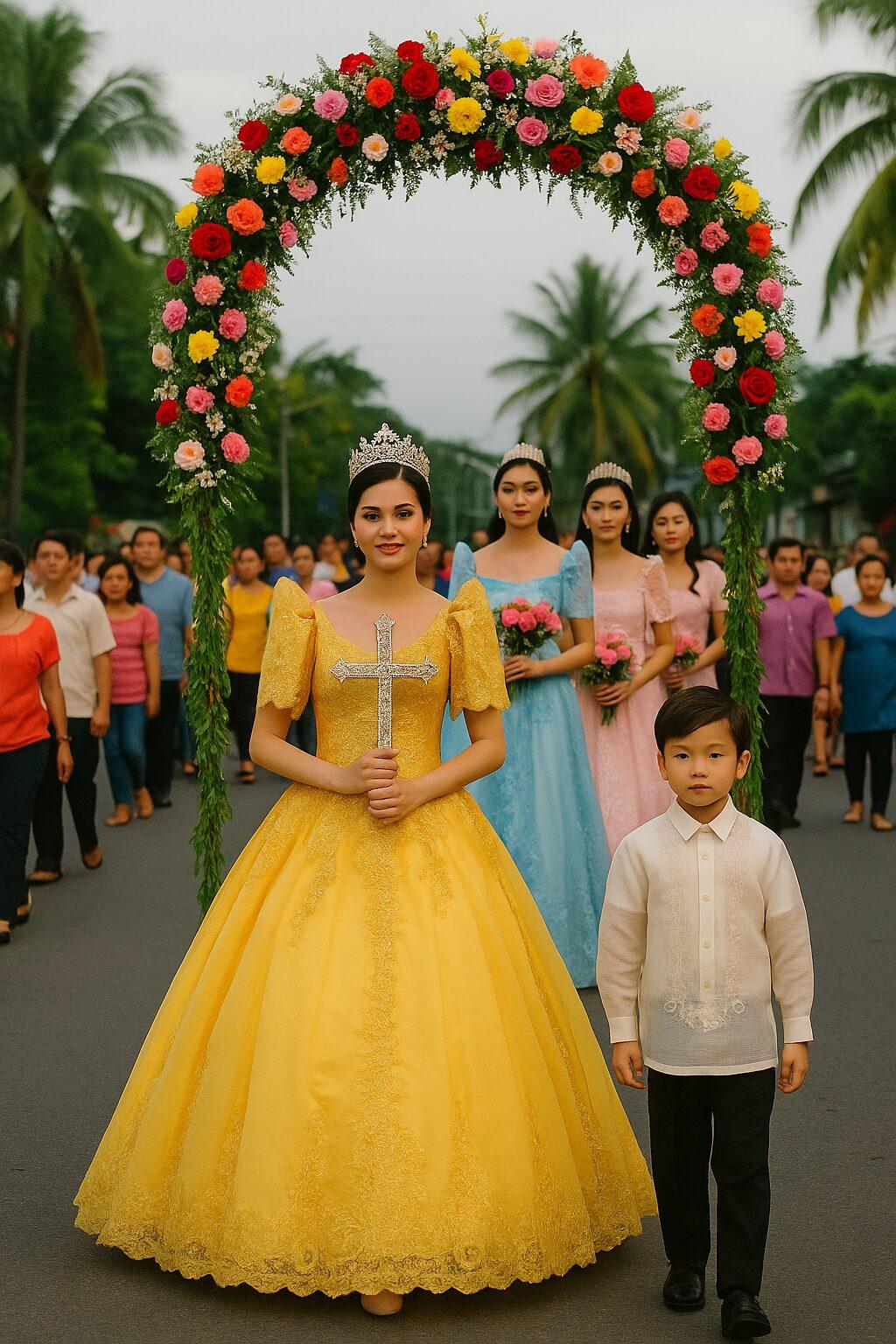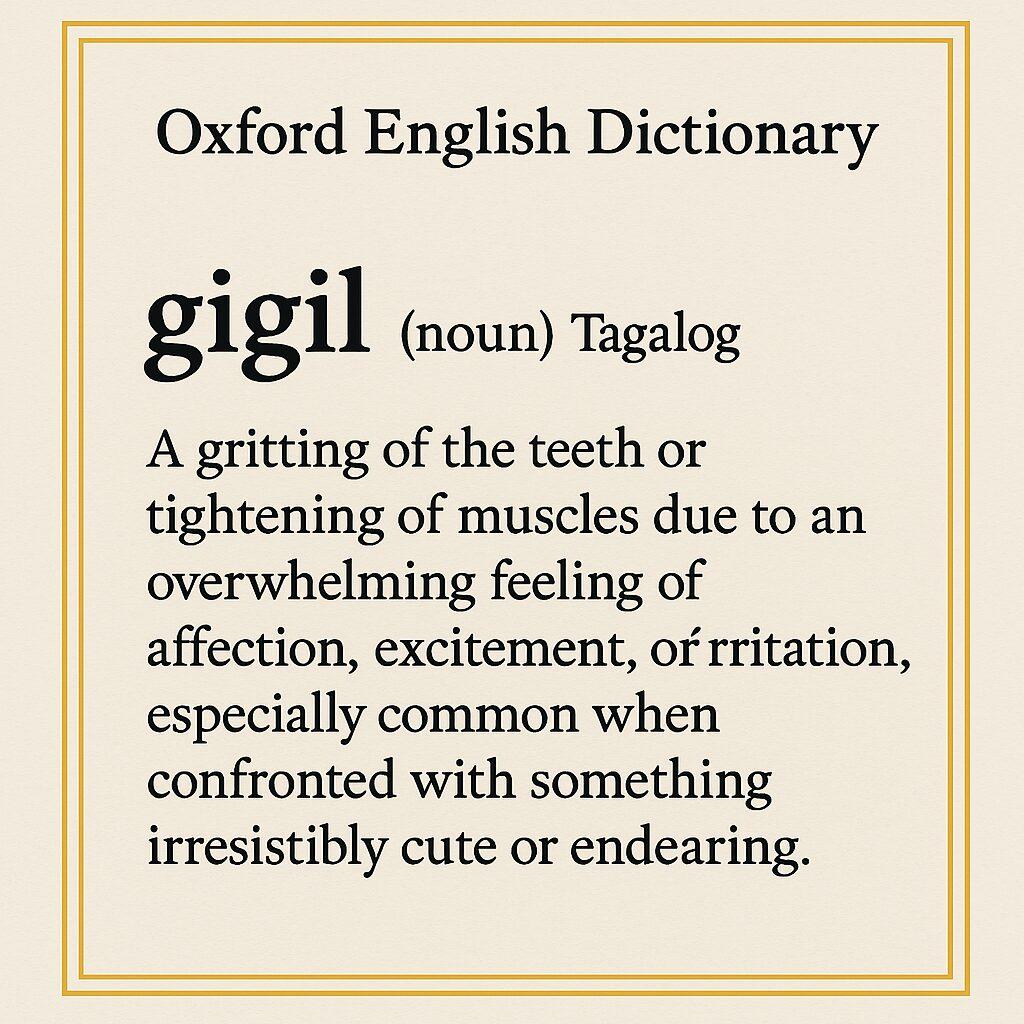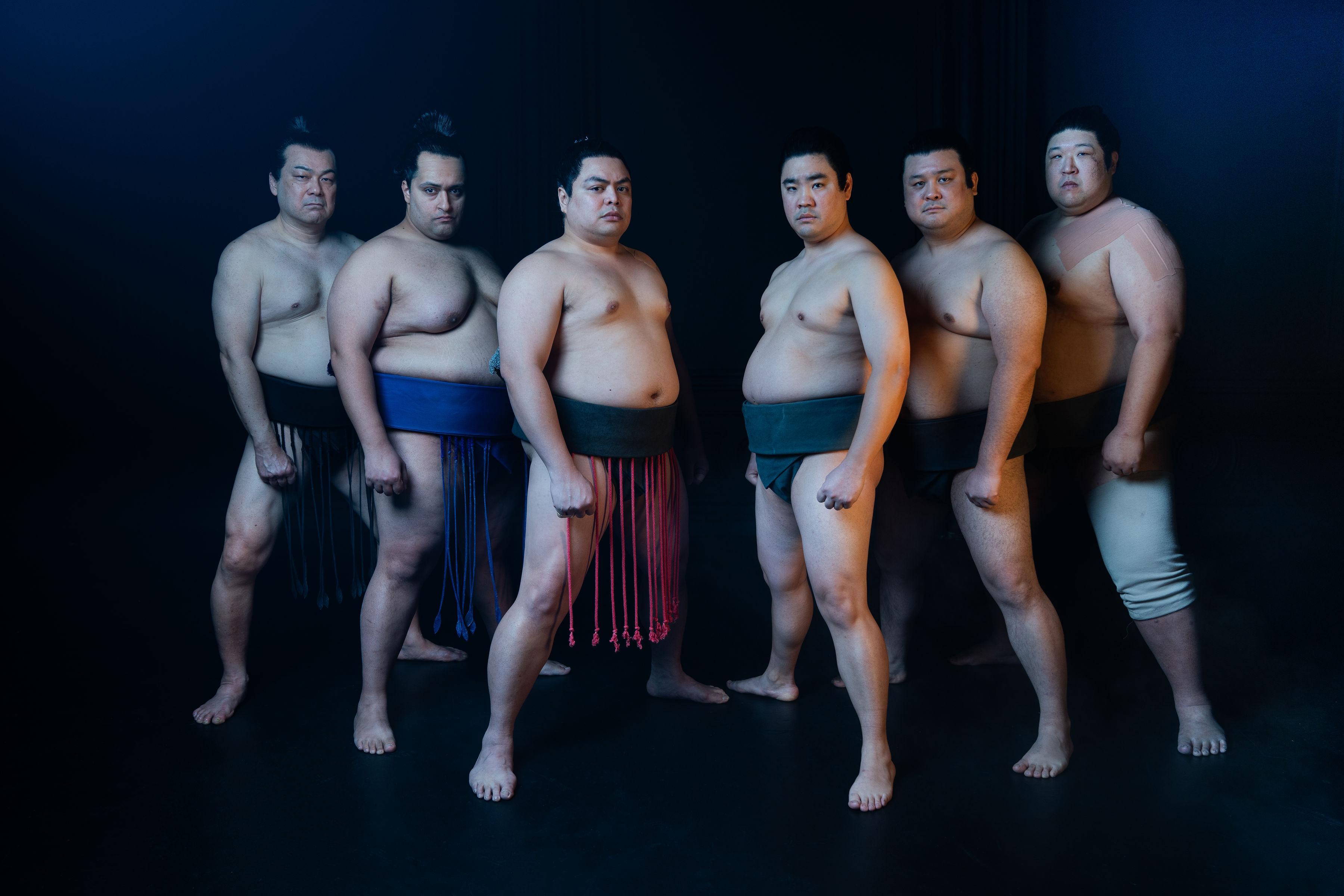Gu Xingyi
The painter Yuhua Wang is a household name in the West, especially in the United States. Everybody knows about her. People in China may still be somewhat unfamiliar with the artist. Why? I think the main reason is the lack of publicity about her. The ink paintings of Yuhua Wang are sought after by scholars in the West and favored by the learned in the East. What is the reason? This is because her painting has reached the height of the “class of ease.”
To attain a high level of artistic creation, an artist has to depict the objective matters in a representation that is between likeness and unlikeness. If the imagery represents the exact resemblance of the subject matter, that is not considered painting but replication or photography. If the imagery has absolutely no resemblance to the subject matter, that is called graffiti or doodling. To an artist, how to take hold of the yardstick between likeness and unlikeness, and maintain a perfect balance, is a test of the artist’s moral self-cultivation and artistic skill set.
When an artist fully and confidently incorporates in his or her mind the image and mood of the original form; he or she mentally refines, condenses and embellishes the image based on their aesthetic pursuit before finally realizing the imagery with ink and brush. Only when paintings are created this way that the imagery is derived from the original form of the objects, yet differ from such a form. Only then can the paintings carry the likeness of both the form and the spirit.
In artistic creation, there is a truth which states that it is easy to achieve the likeness of form, but it is hard to achieve the likeness of spirit. Whether an artist is able to capture both form and spirit, achieve the likeness of form and spirit in tandem; is an important criterion for determining whether this artist is exceptionally accomplished in ink painting. Humbled by having seen the ink paintings of Professor Yuhua Wang, I can say that every one of her paintings has reached the highest level of attainment in capturing the likeness of both form and spirit. This is truly rare.

Since Professor Yuhua Wang lives in the West on a long-term basis, she is rather knowledgeable about the characteristics in the creation of Western paintings. At the same time, she knows the characteristics in the creation of Chinese ink painting like the back of her hand. She has complete ease and exquisite mastery when applying her skill set of Chinese ink painting. Professor Wang is able to extract the essences from both Western and Chinese paintings, and incorporate them in her artistry. She ingeniously integrates the realistic depiction in Western painting with the spontaneous expression in Chinese painting; and likewise puts together the colors in Western painting with the lines in Chinese paintings. She fuses Chinese and Western cultures in her artworks. The artist is fearlessly breaking new ground. That is why every one of her paintings is refreshing and unforgettable; leaving the viewers with an ever-lingering aftertaste.
In particular, there are five “innovations” in her artworks. Firstly, her composition is innovative. Every one of her paintings is graceful and magnanimous, emanating a kind of grand spirit, broad-mindedness and magnificent style. This is especially true regarding her lotus paintings, every one of which leaves an astounding impact on the viewers’ souls.
Secondly, her artistic conception is innovative. In art, especially for painting, artistic conception is of particular importance. If a painting only renders the shape of an object, then that is a commercial painting of no artistic value. After seeing Professor Yuhua Wang’s paintings, the viewers continue to revisit those images in their minds. They feel infinite pleasure from the lingering aftertaste of her imageries. This is precisely because of the profoundly insightful artistic conception in her works.
Thirdly, the charming application of ink is innovative. Her paintings embody the free-flowing momentum of the ink. The artist wields her brush at will while maintaining full control. Whatever her mind wishes, her hand accomplishes. There is not a trace of her exerting any effort; yet the paintings are full of vivacious energy. This is especially true about her lotus paintings. Professor Wang’s miraculous brushworks are ever changing, bringing about a refreshing sense of vivacity.
Fourthly, her lines are innovative. Chinese painting places emphasis on the lines. An artist’s proficiency in rendering lines is often the factor determining the success or failure of an artwork. Professor Yuhua Wang’s lines are flowing and unrestrained. While she wields her brush with graceful ease, everything is executed to perfection. This is also rare.
Fifthly, her colors are innovative. The appropriate application of color can animate a painting with brilliance while establishing a three-dimensional composition and a sense of freshness. Professor Wang’s exquisite skills in the use of color is a class of its own. The colors are of purity but not of monotony—with cold hues over warm tones—achieving a mutual balance of cold and warm colors. This is likewise her unique prowess.
Let’s try to appreciate Yuhua Wang’s flower painting Marvelous Charm and landscape painting Ancient Castle below.
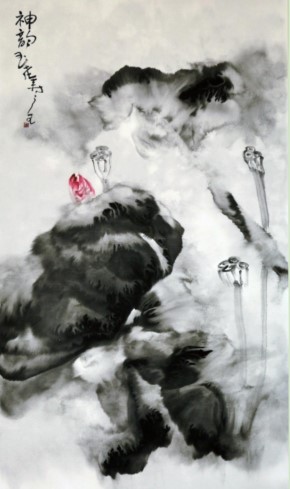
Lotus is the subject matter of Marvelous Charm. The artist has truly brought out the vivacity of the lotus. When painting the leaves, she applies ink as a wash, and achieved the perfect balance of the darker and lighter tones. With natural ease, the artist executes each of the stems with a single stroke of the brush, creating the flowers that stand gracefully together, mutually reflecting each other’s radiance. The composition, created with ink as the primary tone, sets off the bright red half lotus that is about to bloom. Warm hues are embedded in cold tones, the composition is animated and not monotonous; leaving the viewers with an unforgettable impression.
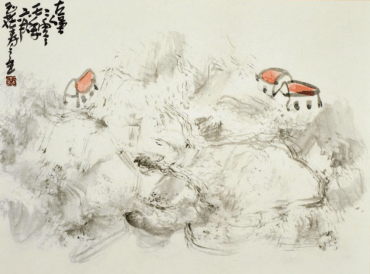
Ancient Castle is a landscape painting of an entirely different flavor. Using faint color ink to outline the rugged mountains, the artist offers viewers a sense of miraculous transformation. On the top of the mountains, three red-roofed ancient castles are depicted with concise brushworks. Embedded deeply inside the mountain ridges, the three red-roofed castles are both conspicuous and mysterious; leaving viewers with an unforgettable impression and infinite room for imagination.
Ancient sayings tell us that, “one’s words is the voice of one’s mind,” “one’s writing reflects one’s personality;” and also that ‘the character of one’s art resembles the character of the person.” These maxims clearly delineate the dialectical relationship between the “character of one’s art” and the “character of the artist.” The distinguished qualities of Professor Yuhua Wang ‘s artworks have precisely come from the distinguished qualities of her character. Yuhua Wang lives a life of diligence, frugality and simplicity. Even when she is sick, she takes care of her daily lives as usual, without letting other people lend a hand. Those who have met her are moved by her kindness, compassion, affection, elegance, and the nobility of her virtue. Her exquisite and elegant works of art are precisely the reflection of her noble character.
An art scholar once classified paintings into four classes: the class of proficiency, the class of wonderment, the class of divinity, and the class of ease. He considered art that effectively depicts the form of objective matters are deemed the “class of proficiency.” Art that is created with exquisite skill set is deemed the “class of wonderment.” Art that achieves the fusing of the idea with the spirit, the mind with the form; and manifests a style of its own is deemed the “class of divinity.” Art that depicts form with concise brushworks in a natural manner is deemed the “class of ease.” According to such classifications, I deem that the works of Professor Yuhua Wang have truly attained the state where her “art depicts form with concise brushworks in a natural manner.” Her paintings are of the “class of ease.”
–
Gu Xingyi is a professor and supervisor of master candidates in the College of Humanities at the Guangzhou University. He is also a writer of the Guangdong Writers Association; and council member of the Guangdong Collectors Association.


